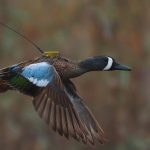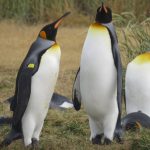← Back
Double-Crested Cormorants nesting in a small reservoir
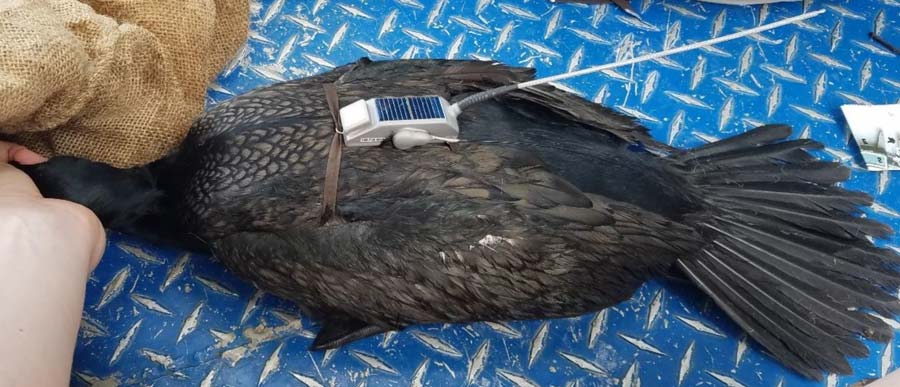
Water birds need specific environments, but may use new areas. Double-crested cormorants are now nesting in the South-East of USA, including on small reservoirs, not only in the Great Lake system. Their behaviors can be studied using Argos satellite telemetry, to better protect a still recovering species.
Main Photo: A double-crested cormorant during Argos PTT equipment (credit L. Moran)
Double-Crested Cormorant (Nannopterum auritum) is a large water bird found near rivers and lakes, and in coastal areas across North America. Population has recovered from a scant 32,000 pairs in the late 1970s. However, now there are some conflicts with humans, in particular over sport fishing grounds and their predation over aquaculture ponds.
During winter, cormorants that nest in North America’s Great Lakes region migrate south to coastal inlets or to aquaculture-producing areas throughout the southeastern United States. However, some seem to be staying in the southeastern areas for breeding, which is new. Less is known about how those populations are using their environment and resources, and how this may lead to new conflicts.
Tracking double-crested cormorants breeding in Alabama
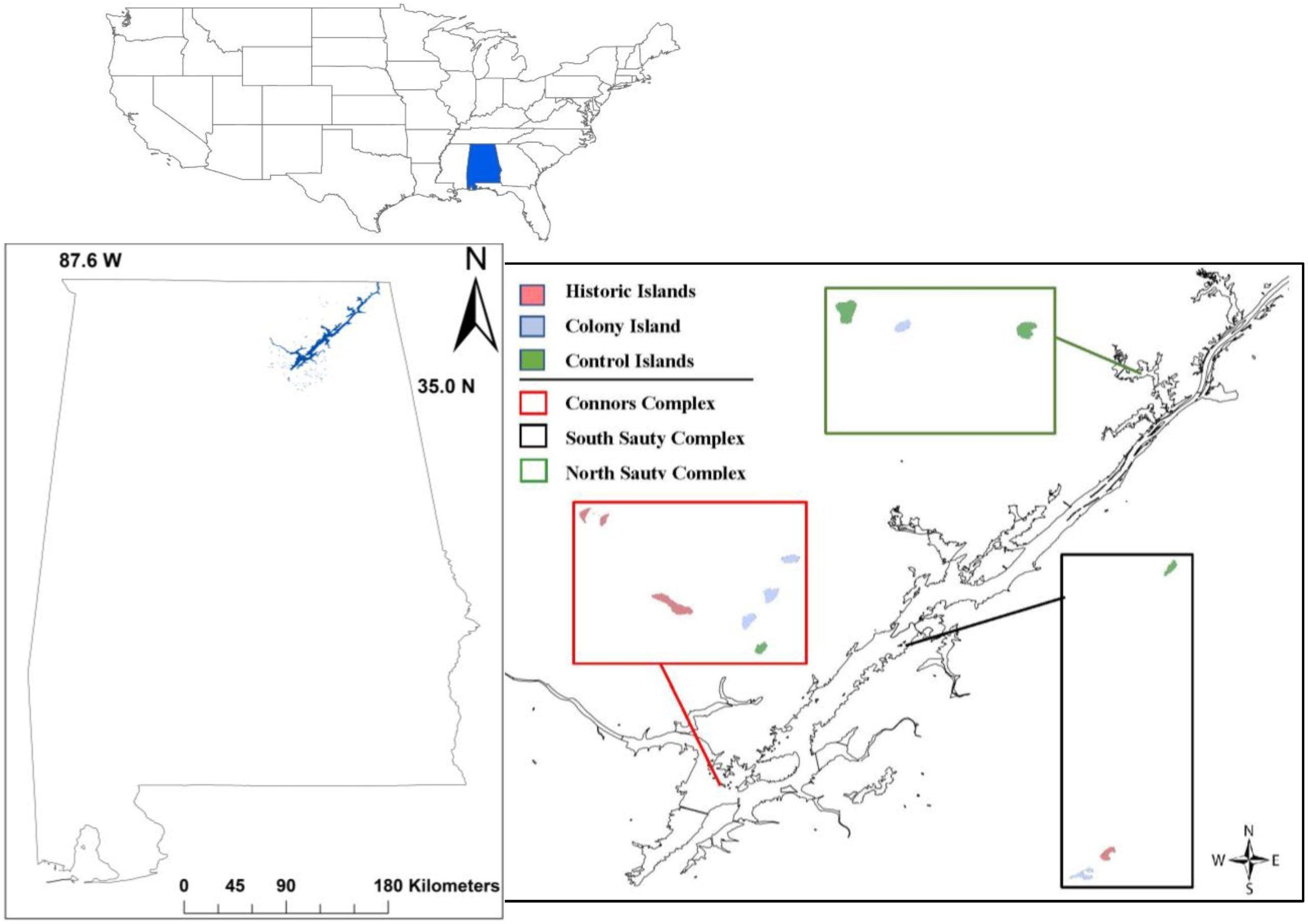
Ten Solar GPS-Argos PTT tags equipped were deployed in 2017 on cormorants using Guntersville Reservoir (Marshall and Jackson counties, northeast Alabama, USA) during the breeding season (March–August). Guntersville Reservoir is a not very deep reservoir (about 10 m outside the main channel) situated in a temperate zone. It is more eutrophic and productive than northern lakes due to natural and agricultural higher inputs. Cormorant population over Guntersville Reservoir has increased since the first documented signs of nesting in 2001.
More info about animal tracking with Argos
The home ranges and core use areas for individual cormorants were computed during the breeding season May–August 2017.
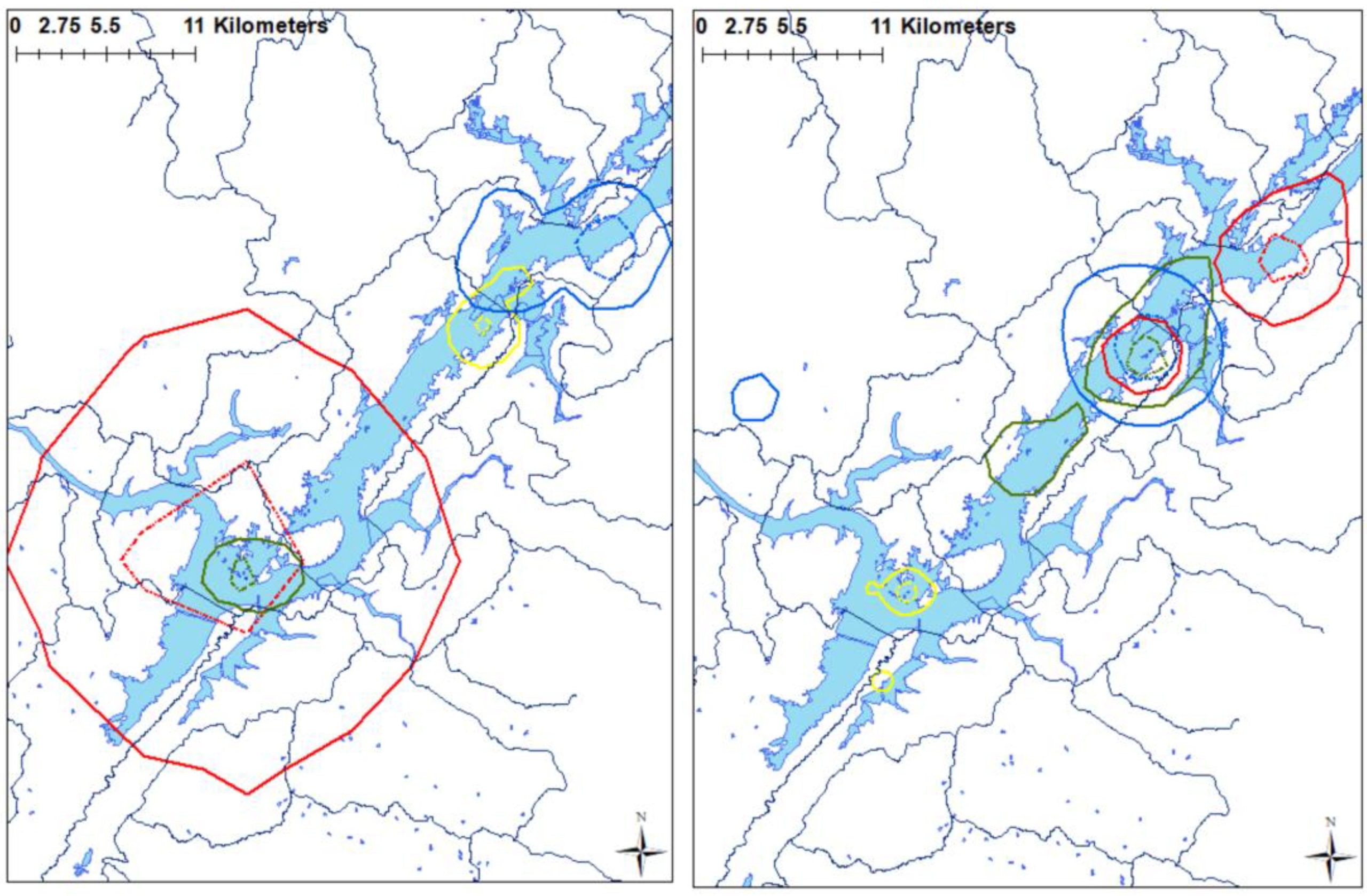
Smaller home ranges than on northern breeding grounds
The mean home range of breeding double-crested Cormorants at Guntersville Reservoir during the 2017 breeding season (May–August) was 41.76 km2, with a core use area of 6.36 km2. During equivalent period, studies of cormorants tagged near aquaculture facilities in the Mississippi Delta region report a mean home range of 30,547 km2. On Lake Huron, the foraging areas is around 3000 km2, and other studies around the Great Lakes area show similar order of magnitude.
This might be in relation with a much smaller water body, and a quite shallow one. Cormorants thus have not to travel far to forage in waters less than 10 meter deep, while over the Great Lakes, they would have to go further to find such depths.
Reference
Moran, L.L.K., B.S. Dorr, K.C. Hanson-Dorr, R.J. Moore, S.A. Rush, 2023: Space Use and Movements of Southeastern Breeding Double-Crested Cormorants (Nannopterum auritum) in the United States. Diversity 2023, 15, 453. https://doi.org/10.3390/d15030453

